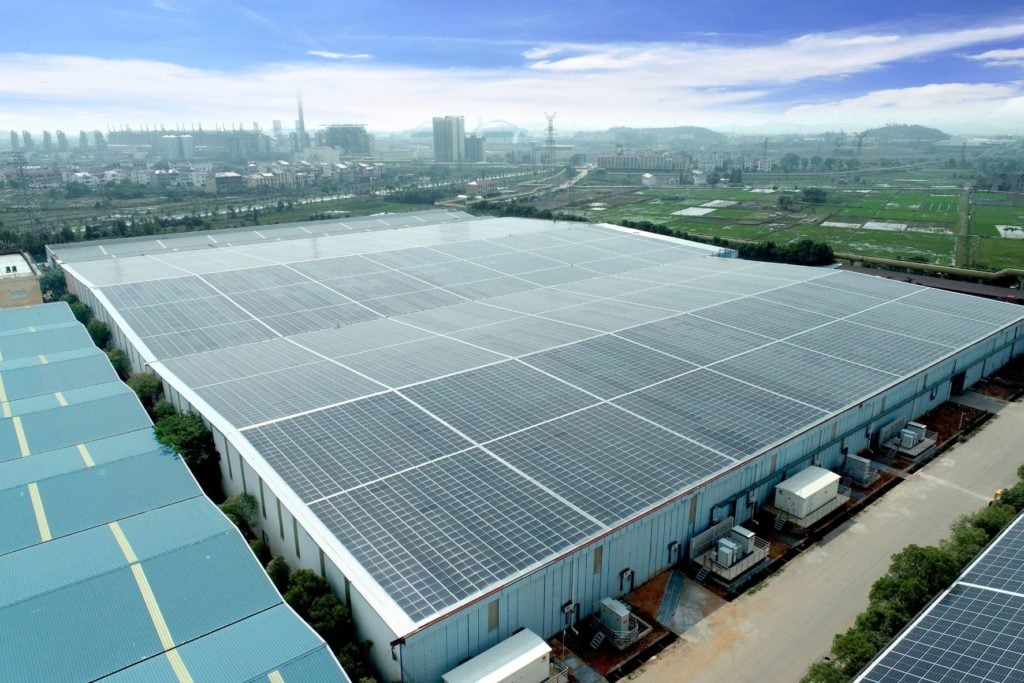
China's solar power exports have continued to grow as demand from global consumers and developers has increased, while China's dominance in photovoltaic production will continue, according to a recent study by Wood Mackenzie.
Last year, China's solar export revenue rose 64% to $52 billion, thanks to high electricity prices caused by the energy crisis. Consumers and developers around the world tend to buy more solar panels from China to save cost. Between 2018 and 2021, China's solar energy export revenue grew from just $15 billion to $32 billion.
Alex Whitworth, director of research at Wood Mackenzie, said trade tensions outweighed higher electricity prices.
The study also examined China's PV export volume by type. PV module exports rose from 108 GW in 2021 to 154 GW last year, a 42% increase. Wood Mackenzie said Chinese modules are up to 57% cheaper than modules made in the US and EU due to lower energy costs, economies of scale and government support, representing a cost competitiveness with other markets. .
In contrast, US and EU solar panel production would not be competitive without subsidies.
China's mobile exports have also experienced strong growth, from 11 GW in 2021 to 24 GW in 2022.
In addition, China's wafer and mobile upstream export capacity will reach more than 230 GW by 2026, exceeding global market demand (excluding China) by 170 GW. Furthermore, the module capacity available for export to China is expected to gradually increase to 149 GW by 2026.
The cost of producing local modules in China was only $0.24 per watt last year, significantly lower than in the US ($0.56), Europe ($0.52) and India ($0.33): Manufacturing costs in Southeast Asia were about the same as in China in the US. $0.26/W.
Whitworth said that China's dominance in photovoltaic production will not be undermined by the policies of the US, Europe and India. He said: "The United States supports the Inflation Reduction Act (IRA), which will provide at least $41 billion to increase domestic production. But cost continues to favor imported modules, and while more domestic module production will to be commissioned in the coming years, reliance on component imports from Asia remains.
Despite the US government's goal to produce all modules domestically by 2026, it will be difficult to achieve this goal because the region lacks wafer and cell production, and the incentives do not address the manufacturing cost gap between US-made modules and their Chinese counterparts.
At the same time, the EU lacks specific measures to promote capacity building and curb imports, and India needs more financial support to achieve its goal. Southeast Asia has a mature supply chain and strong manufacturing capacity for export, but still relies on components made in China.
Whitworth added that companies outside of China have opportunities in the industry as more markets seek local jobs and solar investment, but China's national size and supply chain are "in a league of their own and appear to be on the rise". trajectory".



